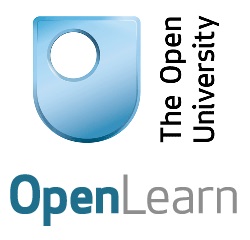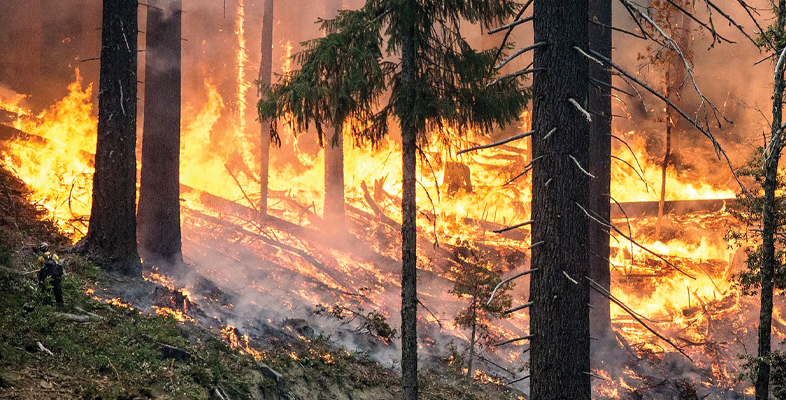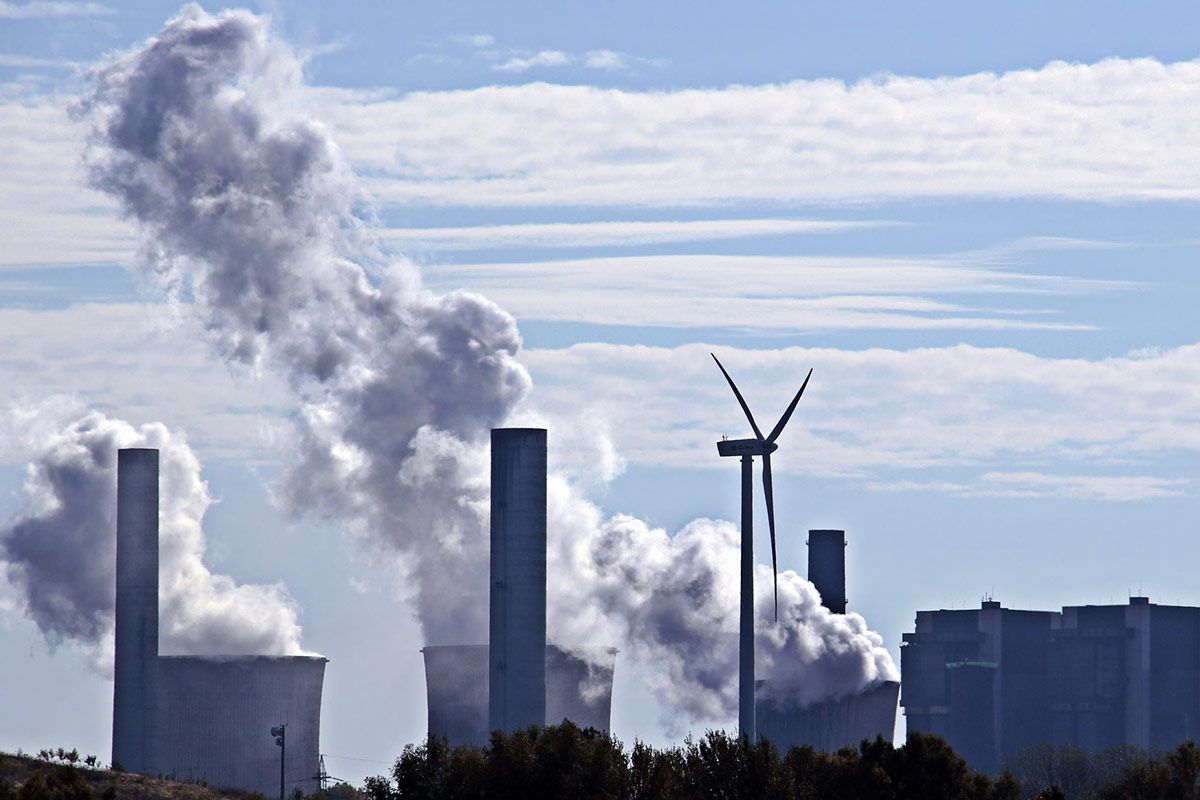Fire ecology

OpenLearn Review
Location
Online(Course Link)
Dates
On Demand
Course Categories
Math, Science and Engineering
Certficate
Yes()
Language
English
Course Fees
FreeNo. of Attendant
Unlimited
Acquired Skills/Covered Subjects
- explain why fire is an important component of healthy ecosystems,explain what is meant by a ‘fire regime’ and how changes in fire regimes can lead to changes in ecosystems,describe some adaptive features of plants that have evolved in response to fire
| Provider Name | OpenLearn |
|---|---|
| Training Areas |
|
| Website | http://www.openuniversity.edu/ |
| About The Provider |
Since its launch in 2006, OpenLearn has become an integrated part of The Open University, with the site attracting more than 69 million visitors – many of which go on to make an enquiry about becoming a formal student, strengthening the journey between informal and formal learning. The OpenLearn team originate, commission and develop content that unites faculty and University priorities with areas of topical and general interest. This is in support of our own student population in their academic, skills and career and personal development (CPD) endeavours, delivering quality assets openly available for teaching and learning. OL deliver bite-sized learning experiences designed to fit easily into daily life, so whether you're a busy parent looking to get promoted at work, or back-packing across Africa and wanting to increase your learning, we are open with no requirements to access our free materials. Some of OL academic-led content includes: |
This course explores the role of fire as a natural disturbance in ecosystems. It introduces the concept of a fire regime and its influence on the type and distribution of organisms that occur in fire prone ecosystems. It also looks at some of the adaptations of plants that have evolved in these ecosystems and how animals either avoid or exploit the consequences of fire as a natural disturbance. Finally it examines how fire can increase biodiversity by generating a mosaic of habitats within an ecosystem and briefly addresses some of the consequences of climate change and global warming on the intensity and frequency of fires.






















